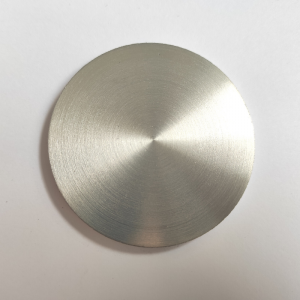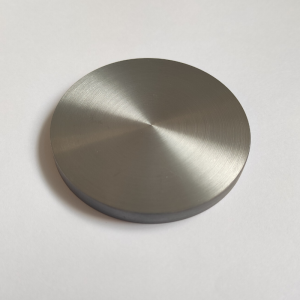Boron
Boron
Boron is indicated on the periodic table with symbol B, atomic number 5, and atomic mass of 10.81. Elemental boron, which has semi-metallic and semi-conductive properties, is contained in group 3A on the periodic table. Boron exists in nature as two isotopes – B10 and B11. In general, borates are found in nature as the B10, isotope 19.1-20.3% of the time and the B11 isotope 79-80.9% of the time.
Elemental boron, which is not found in nature, forms bonds with various metallic and non-metallic elements to produce compounds with different properties. Therefore, borate compounds can be used in many different industries depending on the varying binding chemicals. Typically, boron compounds behave as non-metallic compounds, but pure boron possesses electrical conductivity. Crystallized boron is similar in appearance to, has optical properties like, and is almost as hard as diamonds. Pure boron was discovered for the first time in 1808 by French chemists J.L. Gay – Lussac and Baron L.J. Thenard and English chemist H. Davy.
The targets are prepared by compaction of Boron powders to full density. The thus compacted materials are optionally sintered and are then formed into the desired target shape.
Rich Special Materials is a Manufacturer of Sputtering Target and could produce high purity Boron Sputtering Materials according to Customers’ specifications. For more information, please contact us.












